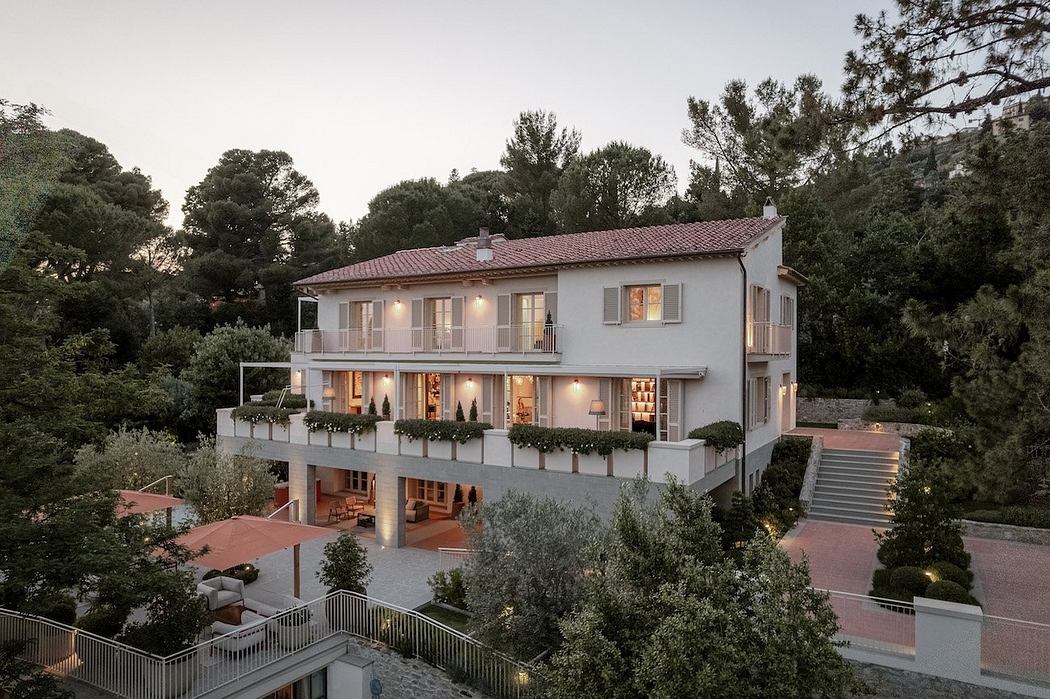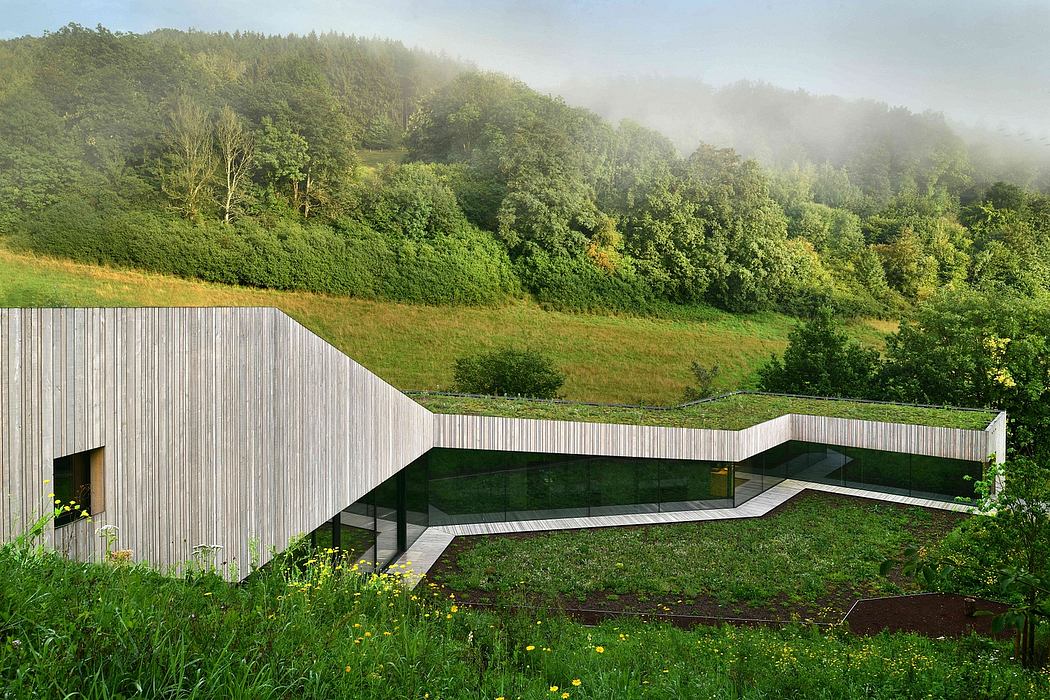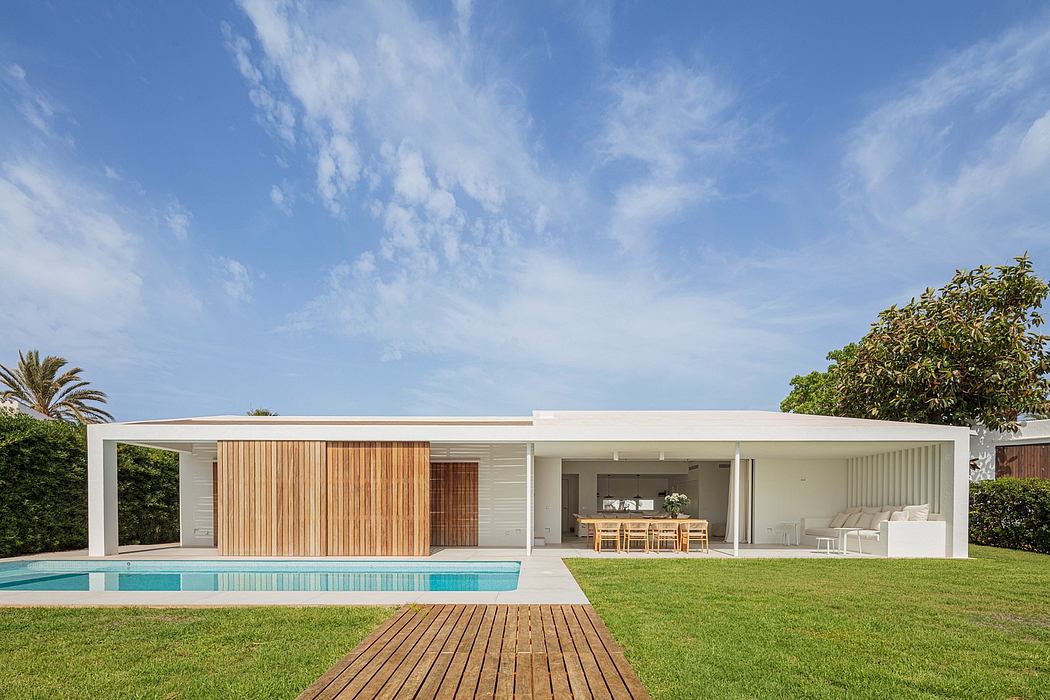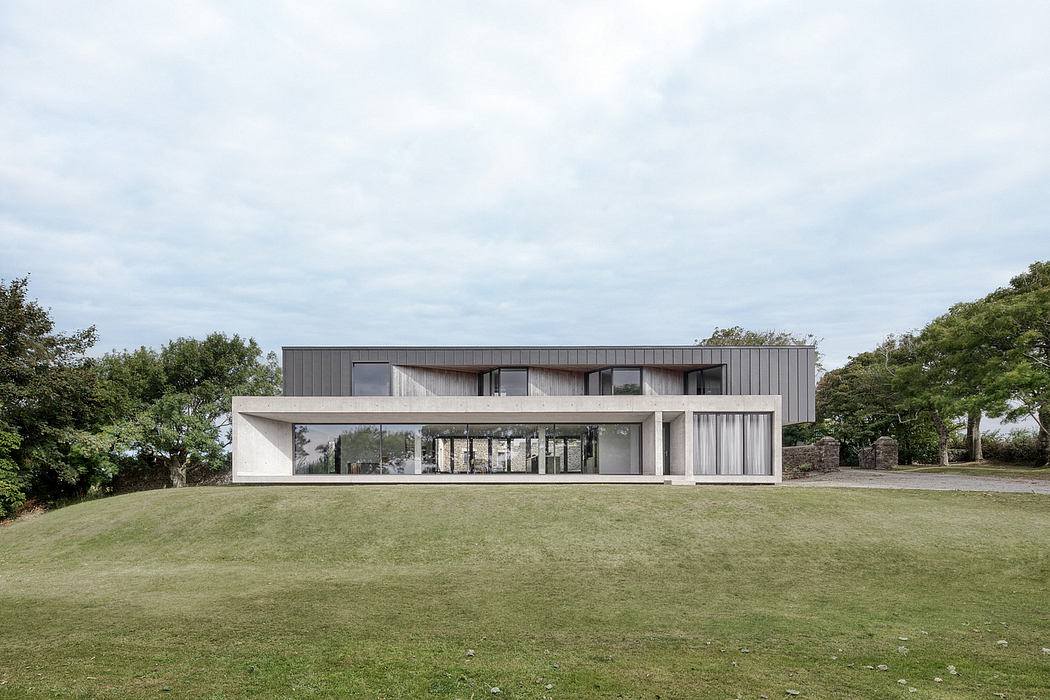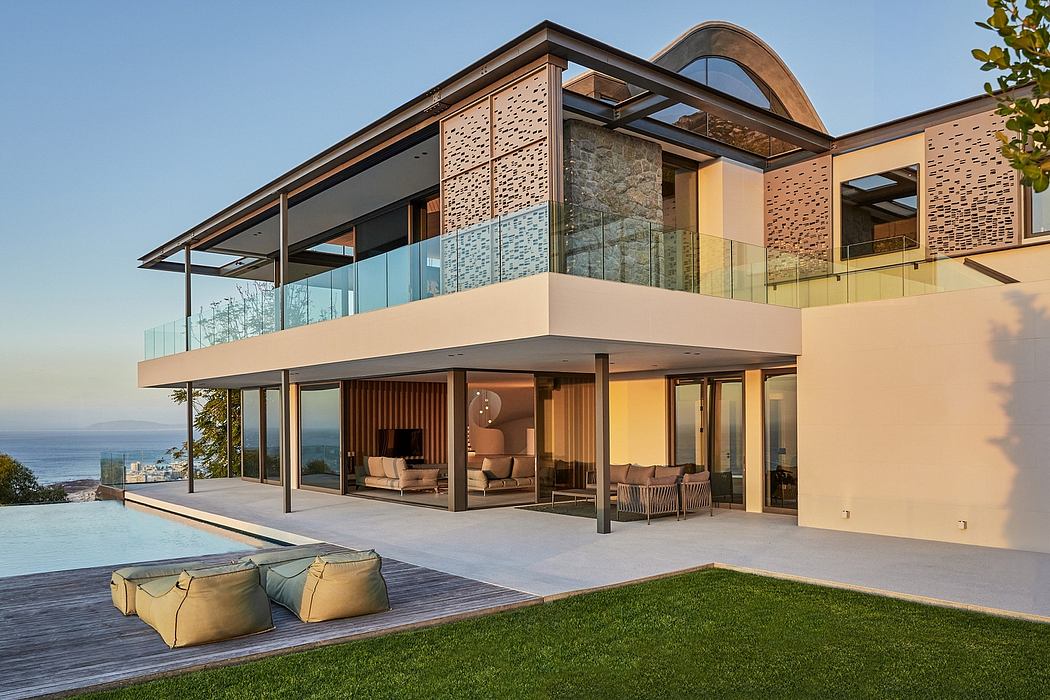Farm-to-Tableware: Grass-Fed Bone China by Gregg Moore
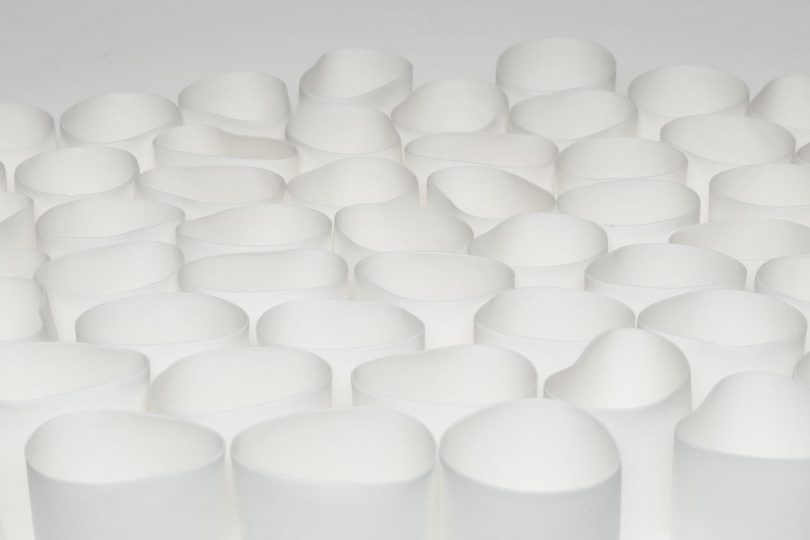
A farm-to table dining experience extends to the actual vessels with Grass-Fed Bone China made from cow bones.
As someone who designs products centered around food, I am naturally drawn to materials that are found in kitchens: marble, wood, cork, stainless steel? but when I learned about Gregg Moore?s technique for turning cow parts normally considered waste ? BONES ? into porcelain? my brain went straight to the compost bin ? what other possibilities are we passing up"!
Pennsylvanian designer Gregg Moore dared to imagine how a farm-to table dining experience could extend to the actual vessels.
On a cold call to Dan Barber, the chef and founder of the renowned Blue Hill at Stone Barns, Moore had the audacity to ask, “If you’re thinking about food and the way it’s grown and raised and everything that goes into the creation of a plate, why are you not thinking about the plate itself"”
Together the two came up with a second life for the typically discarded cow bones using Moore?s ?recipe? for producing bone china that can be traced back to the one formulated circa 1799 by Josiah Spode, the godfather of British porcelain.
After Barber’s pasture-raised cows are slaughtered and butchered, the bones are boiled, then shipped to Moore in Pennsylvania. He then fires the bones in a kiln, converting them into calcium phosphate. The resultant ash is then mixed with water, kaolin (a type of clay used in the manufacture of porcelain), and...
As someone who designs products centered around food, I am naturally drawn to materials that are found in kitchens: marble, wood, cork, stainless steel? but when I learned about Gregg Moore?s technique for turning cow parts normally considered waste ? BONES ? into porcelain? my brain went straight to the compost bin ? what other possibilities are we passing up"!
Pennsylvanian designer Gregg Moore dared to imagine how a farm-to table dining experience could extend to the actual vessels.
On a cold call to Dan Barber, the chef and founder of the renowned Blue Hill at Stone Barns, Moore had the audacity to ask, “If you’re thinking about food and the way it’s grown and raised and everything that goes into the creation of a plate, why are you not thinking about the plate itself"”
Together the two came up with a second life for the typically discarded cow bones using Moore?s ?recipe? for producing bone china that can be traced back to the one formulated circa 1799 by Josiah Spode, the godfather of British porcelain.
After Barber’s pasture-raised cows are slaughtered and butchered, the bones are boiled, then shipped to Moore in Pennsylvania. He then fires the bones in a kiln, converting them into calcium phosphate. The resultant ash is then mixed with water, kaolin (a type of clay used in the manufacture of porcelain), and...
| -------------------------------- |
|
|
Villa M by Pierattelli Architetture Modernizes 1950s Florence Estate
31-10-2024 03:55 - (
architecture )
Leça da Palmeira House by Raulino Silva
31-10-2024 03:55 - (
architecture )

